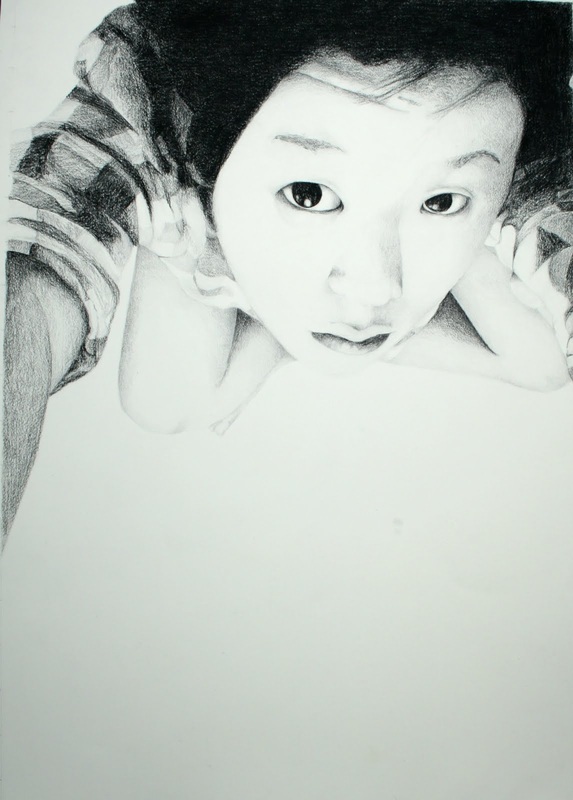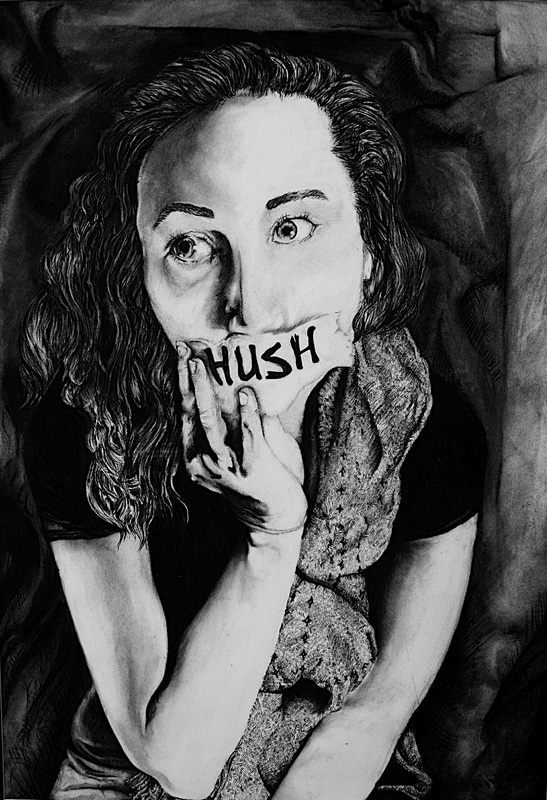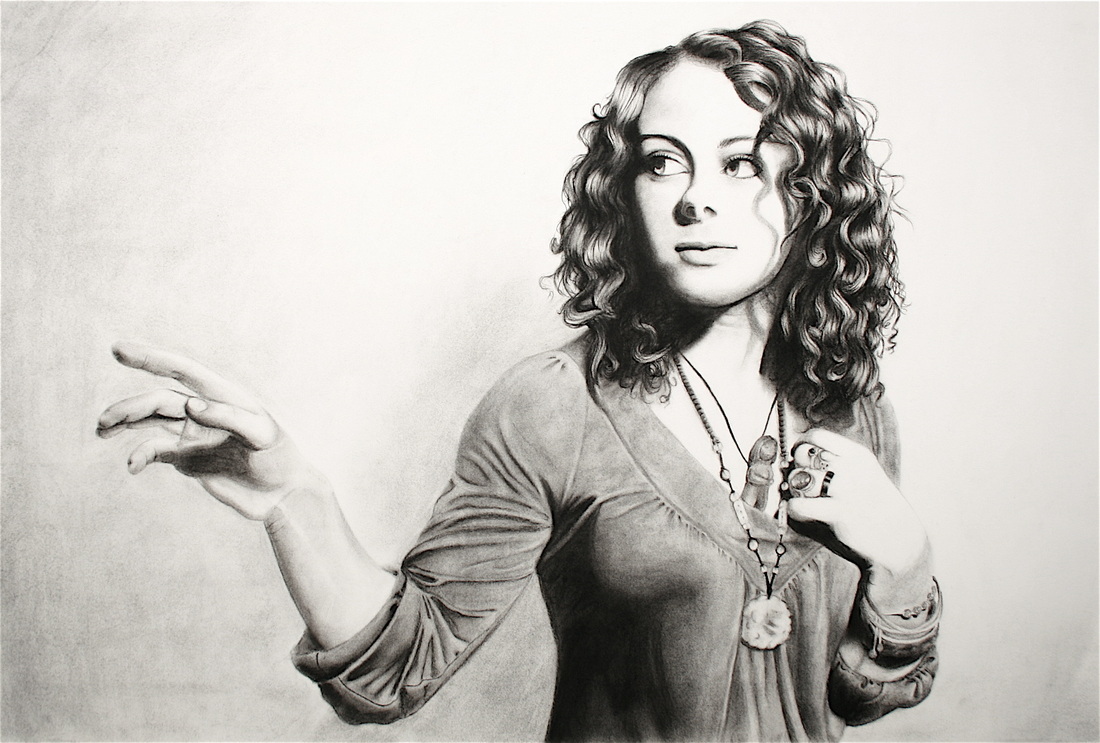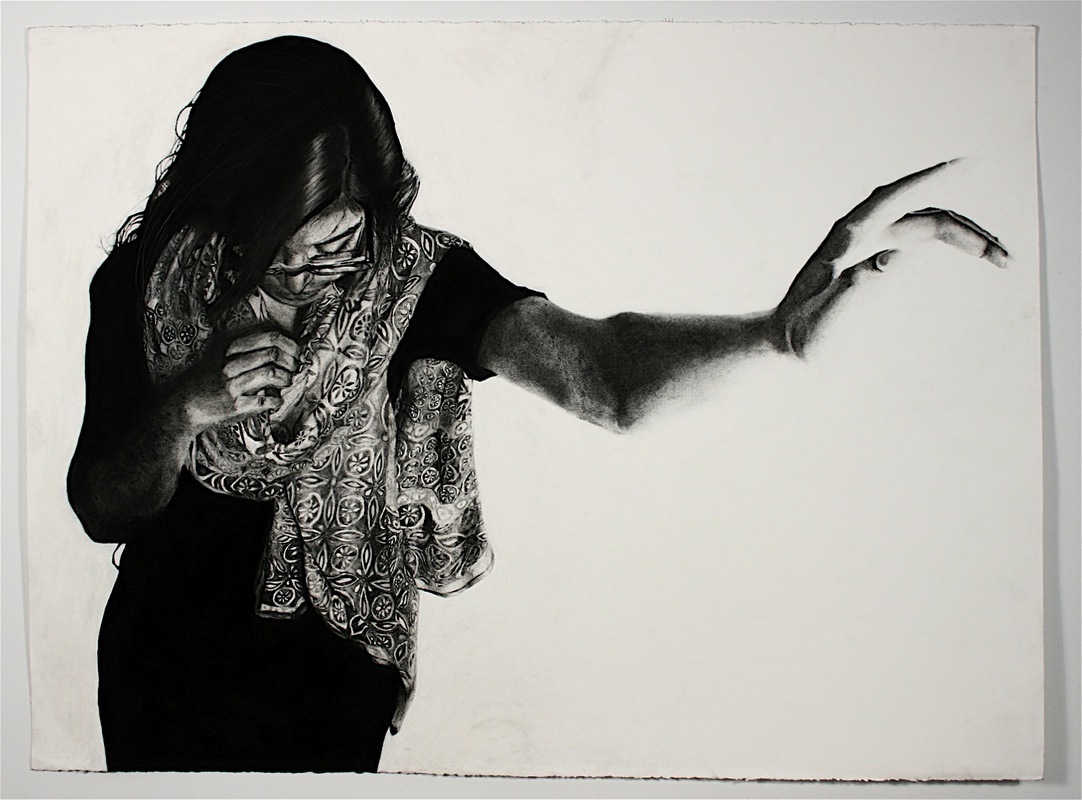Branding Works |
| Today, I was reading the latest blog post by Seth Godin about how important it is to "put a frame around it". In his post he discusses how things are judged on their appearance, and states with wit "How should I judge this," is something we ask ourselves all the time. When you make the effort to give us a hint, we'll often take the hint". When reading this, I was reminded of that fact that how we promote and sell our programs to students makes a huge difference in how they buy into the classes we teach. I spent a lot of time in my college years surrounded by friends who were pursuing careers in creative advertising. The Ad Center, now known as the Brandcenter, is where a lot of my friends ended up going to graduate school while I was entering my first year as a teacher in Henrico County Public Schools. My friends became obsessed with ideas, creativity, and innovative persuasive techniques. I became equally obsessed, as they were persuasive in selling me the value of those things. As I began my career as a high school art teacher, I brought a lot of those thoughts about persuasive tactics to the classroom. Rather than relegating the description of what I do to "teaching high school art", which has enough negative connotations of its own to strip anyone of confidence, I wanted to say something more about the impact of the program I wanted to build and the education I wanted to provide my students. I spent two years figuring out how to teach without quitting my job, then got hired at a brand new school as its sole art teacher. I saw this as a tremendous opportunity to build something from scratch. It felt like a startup company that had no identity yet, but had the potential to become amazing with the proper care and branding. So, I decided to "brand" the program at Deep Run High School as "DRHSART". It worked for VCUARTS, and I figured it was a language that made sense to the creative people in the area. I developed a simple logo that would be easily recognizable, a color scheme that has been proven to work by several other major big names in the creative industry, and infused all aspects of our communication with a simplified, yet sophisticated design sense. I figured that if I kept at this for long enough, eventually things would start to be recognized as professional and sophisticated. I feel really good about the brand of education, the quality of student work, and the accolades we've accumulated over the past twelve years. I have no idea if it was the brand that had to do with the success or satisfaction I feel as the leader of the program here at DRHSART, but I will say that the energy I put into the brand has convinced me, if no one else, that what we do here is worth while and professional. The buy ownership, autonomy, and passion that I have for the brand is enough to keep me working hard, and I think that's enough to believe that "putting a frame around it" seems to work. |






 RSS Feed
RSS Feed
